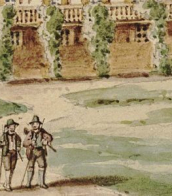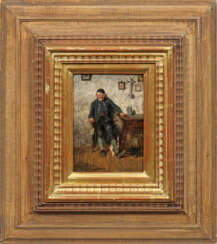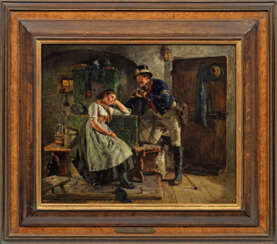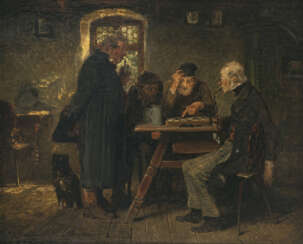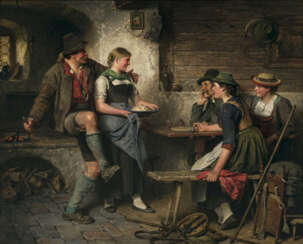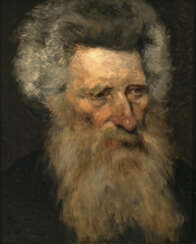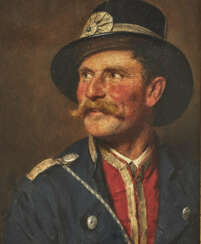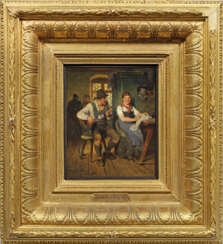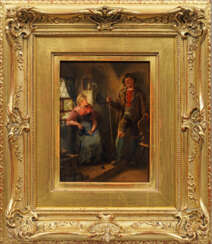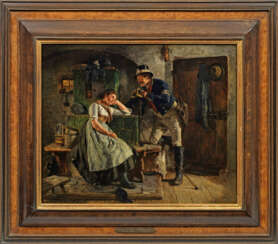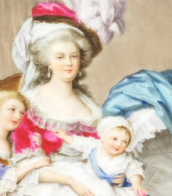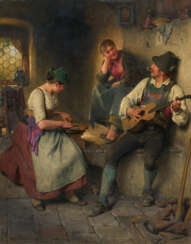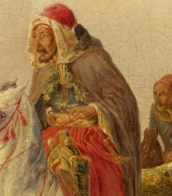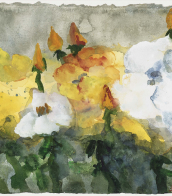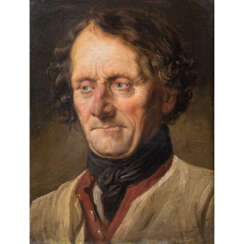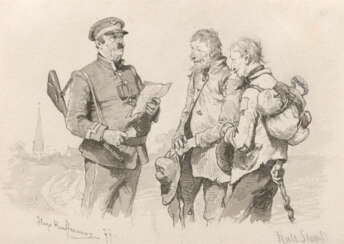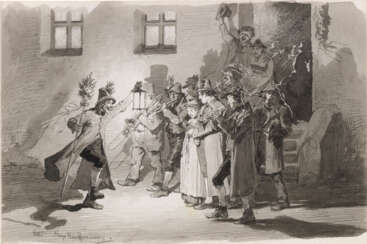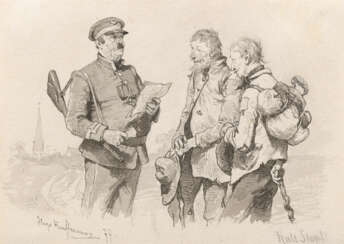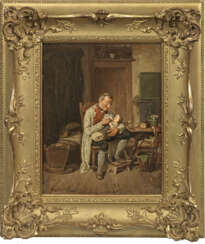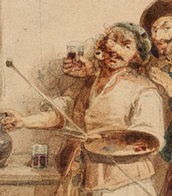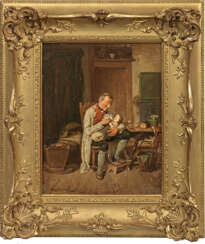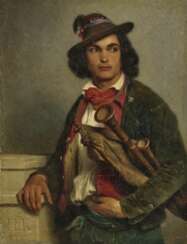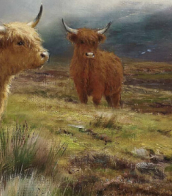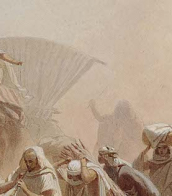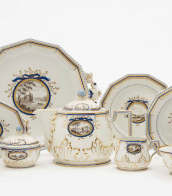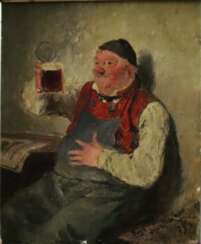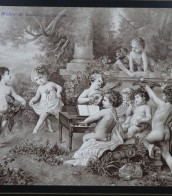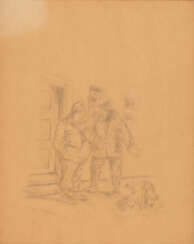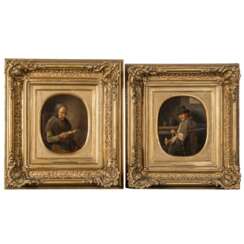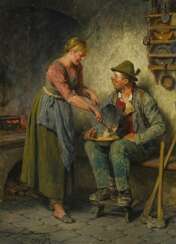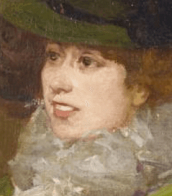hugo kauffmann
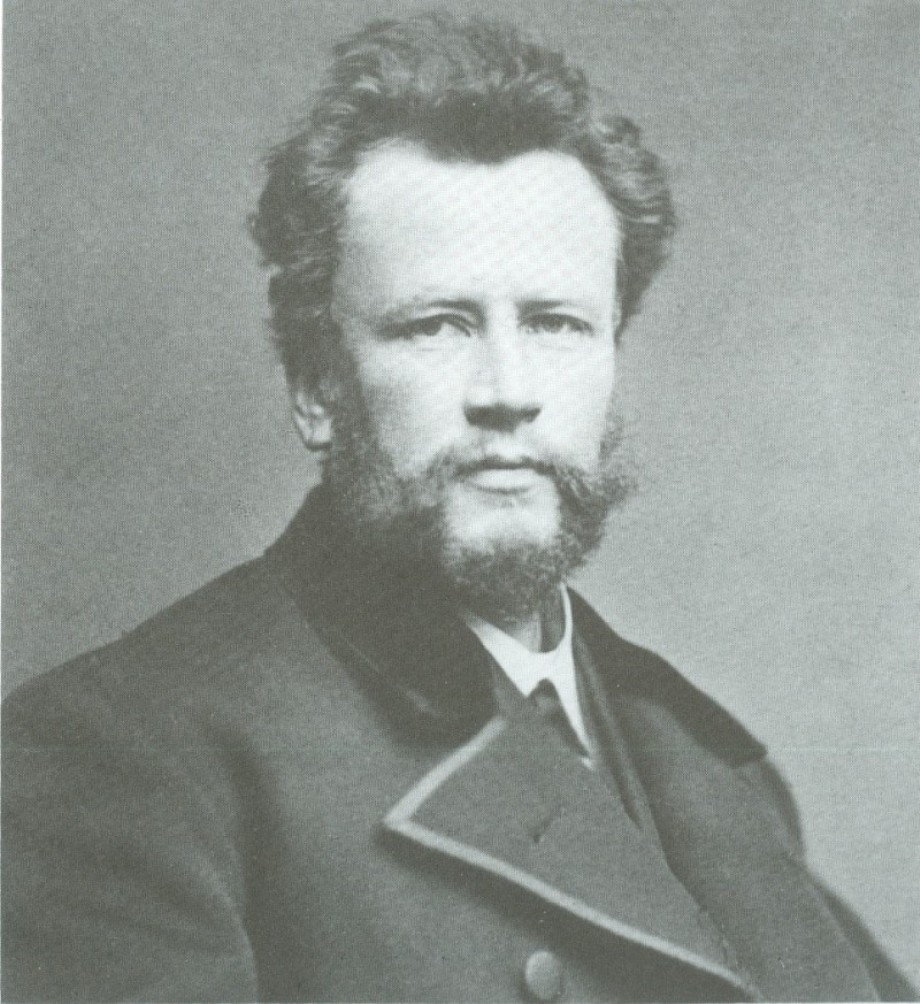
Hugo Wilhelm Kauffmann was a German painter of the second half of the 19th and early 20th centuries. He is known as a household painter, a representative of the Munich school of painting.
Kauffmann painted genre works, the action of which often took place in taverns. He executed his paintings on wood in small sizes. The artist's keen observation and healthy sense of humor, combined with his characteristic drawing and coloring, gave his works freshness and vividness. He drew his subjects from the life of the lower strata of society, creating a sense of reality in his paintings.
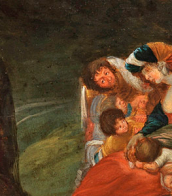

Hugo Wilhelm Kauffmann was a German painter of the second half of the 19th and early 20th centuries. He is known as a household painter, a representative of the Munich school of painting.
Kauffmann painted genre works, the action of which often took place in taverns. He executed his paintings on wood in small sizes. The artist's keen observation and healthy sense of humor, combined with his characteristic drawing and coloring, gave his works freshness and vividness. He drew his subjects from the life of the lower strata of society, creating a sense of reality in his paintings.


Hugo Wilhelm Kauffmann was a German painter of the second half of the 19th and early 20th centuries. He is known as a household painter, a representative of the Munich school of painting.
Kauffmann painted genre works, the action of which often took place in taverns. He executed his paintings on wood in small sizes. The artist's keen observation and healthy sense of humor, combined with his characteristic drawing and coloring, gave his works freshness and vividness. He drew his subjects from the life of the lower strata of society, creating a sense of reality in his paintings.
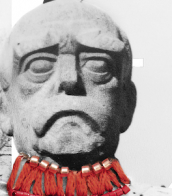

Hugo Wilhelm Kauffmann was a German painter of the second half of the 19th and early 20th centuries. He is known as a household painter, a representative of the Munich school of painting.
Kauffmann painted genre works, the action of which often took place in taverns. He executed his paintings on wood in small sizes. The artist's keen observation and healthy sense of humor, combined with his characteristic drawing and coloring, gave his works freshness and vividness. He drew his subjects from the life of the lower strata of society, creating a sense of reality in his paintings.


Hugo Wilhelm Kauffmann was a German painter of the second half of the 19th and early 20th centuries. He is known as a household painter, a representative of the Munich school of painting.
Kauffmann painted genre works, the action of which often took place in taverns. He executed his paintings on wood in small sizes. The artist's keen observation and healthy sense of humor, combined with his characteristic drawing and coloring, gave his works freshness and vividness. He drew his subjects from the life of the lower strata of society, creating a sense of reality in his paintings.
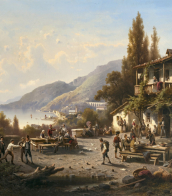

Hugo Wilhelm Kauffmann was a German painter of the second half of the 19th and early 20th centuries. He is known as a household painter, a representative of the Munich school of painting.
Kauffmann painted genre works, the action of which often took place in taverns. He executed his paintings on wood in small sizes. The artist's keen observation and healthy sense of humor, combined with his characteristic drawing and coloring, gave his works freshness and vividness. He drew his subjects from the life of the lower strata of society, creating a sense of reality in his paintings.
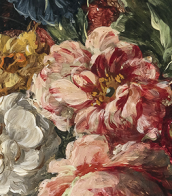

Hugo Wilhelm Kauffmann was a German painter of the second half of the 19th and early 20th centuries. He is known as a household painter, a representative of the Munich school of painting.
Kauffmann painted genre works, the action of which often took place in taverns. He executed his paintings on wood in small sizes. The artist's keen observation and healthy sense of humor, combined with his characteristic drawing and coloring, gave his works freshness and vividness. He drew his subjects from the life of the lower strata of society, creating a sense of reality in his paintings.
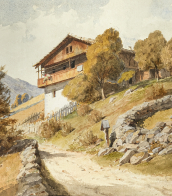

Hugo Wilhelm Kauffmann was a German painter of the second half of the 19th and early 20th centuries. He is known as a household painter, a representative of the Munich school of painting.
Kauffmann painted genre works, the action of which often took place in taverns. He executed his paintings on wood in small sizes. The artist's keen observation and healthy sense of humor, combined with his characteristic drawing and coloring, gave his works freshness and vividness. He drew his subjects from the life of the lower strata of society, creating a sense of reality in his paintings.
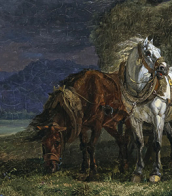

Hugo Wilhelm Kauffmann was a German painter of the second half of the 19th and early 20th centuries. He is known as a household painter, a representative of the Munich school of painting.
Kauffmann painted genre works, the action of which often took place in taverns. He executed his paintings on wood in small sizes. The artist's keen observation and healthy sense of humor, combined with his characteristic drawing and coloring, gave his works freshness and vividness. He drew his subjects from the life of the lower strata of society, creating a sense of reality in his paintings.


Hugo Wilhelm Kauffmann was a German painter of the second half of the 19th and early 20th centuries. He is known as a household painter, a representative of the Munich school of painting.
Kauffmann painted genre works, the action of which often took place in taverns. He executed his paintings on wood in small sizes. The artist's keen observation and healthy sense of humor, combined with his characteristic drawing and coloring, gave his works freshness and vividness. He drew his subjects from the life of the lower strata of society, creating a sense of reality in his paintings.


Hugo Wilhelm Kauffmann was a German painter of the second half of the 19th and early 20th centuries. He is known as a household painter, a representative of the Munich school of painting.
Kauffmann painted genre works, the action of which often took place in taverns. He executed his paintings on wood in small sizes. The artist's keen observation and healthy sense of humor, combined with his characteristic drawing and coloring, gave his works freshness and vividness. He drew his subjects from the life of the lower strata of society, creating a sense of reality in his paintings.


Hugo Wilhelm Kauffmann was a German painter of the second half of the 19th and early 20th centuries. He is known as a household painter, a representative of the Munich school of painting.
Kauffmann painted genre works, the action of which often took place in taverns. He executed his paintings on wood in small sizes. The artist's keen observation and healthy sense of humor, combined with his characteristic drawing and coloring, gave his works freshness and vividness. He drew his subjects from the life of the lower strata of society, creating a sense of reality in his paintings.
